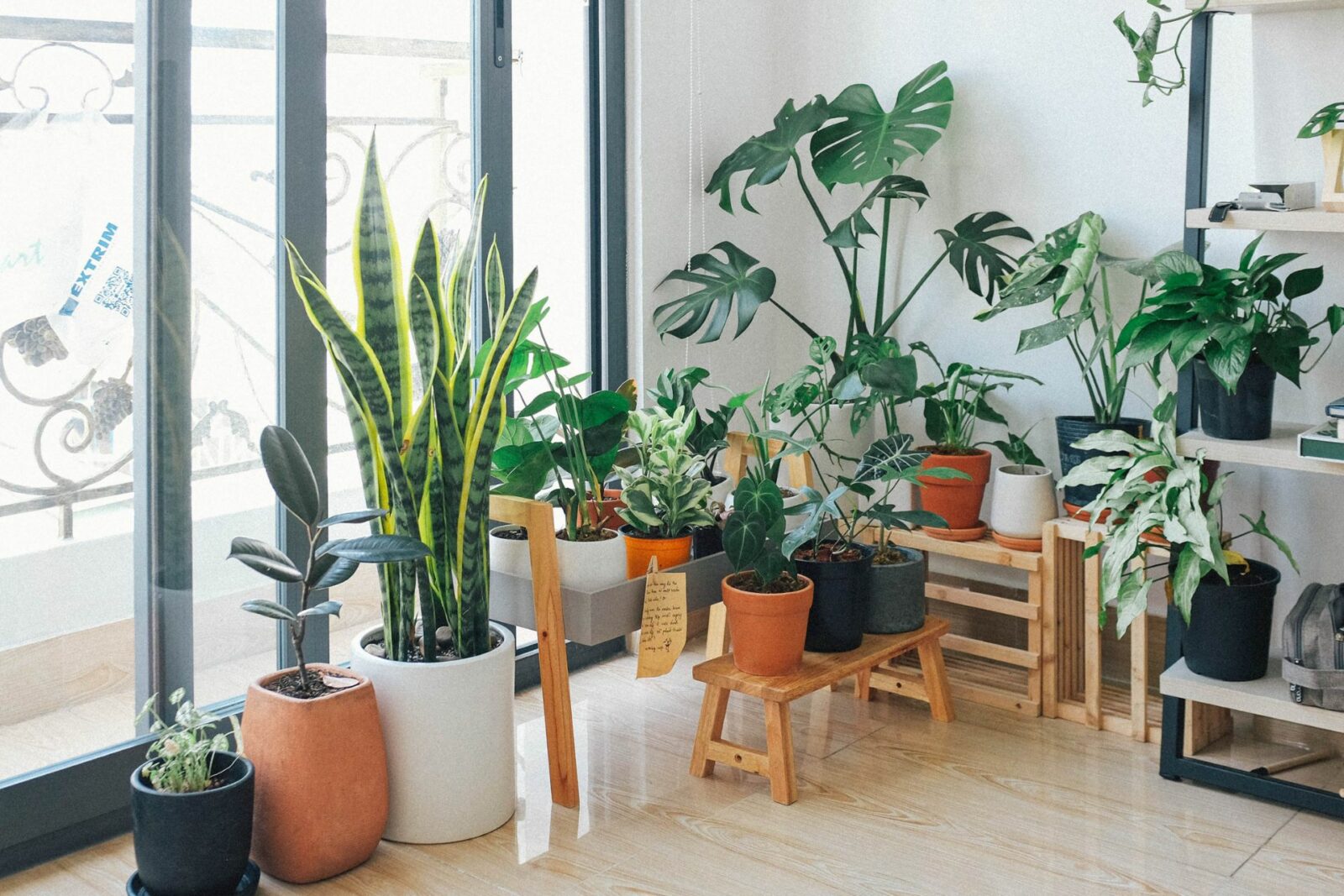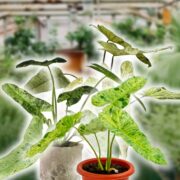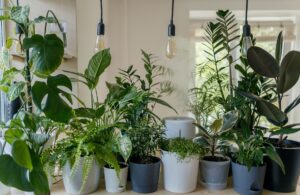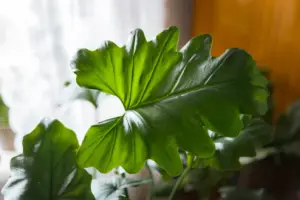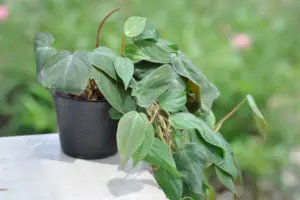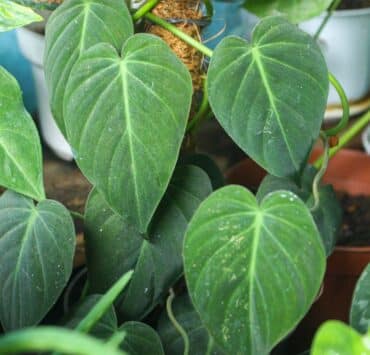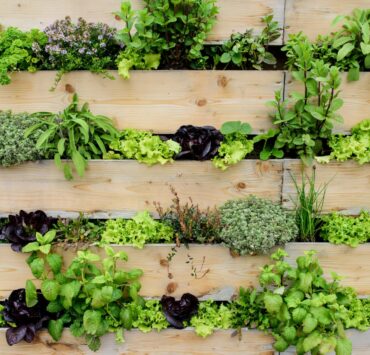Welcome, green-thumbed DIY enthusiasts, home remodeling aficionados, interior designers, and homeowners! Today, we’re diving into the lush world of indoor gardening. If you’ve ever dreamed of cultivating your personal green haven but didn’t know where to start, you’ve come to the right place. This comprehensive guide will walk you through the basics of how to start an indoor garden for beginners. So, roll up your sleeves and let’s get started!
-
Assess Your Space and Lighting
The first step in starting your indoor garden is to evaluate the space and lighting conditions available in your home. Take note of the following:
- Room size: Consider the available space in your home, including windowsills, countertops, shelves, and even walls for vertical gardens.
- Light conditions: Observe how much natural light each area receives. South-facing windows typically offer the brightest light, while north-facing windows provide the least.
- Temperature and humidity: Some plants thrive in warmer, more humid environments, while others prefer cooler temperatures. Assess the conditions in your space to choose the right plants.
-
Choose Your Plants Wisely
Now that you have a better understanding of your space, it’s time to select your plants. There are countless options, but we’ve compiled a list of beginner-friendly indoor plants to get you started:
- Snake plant (Sansevieria)
- Pothos (Epipremnum aureum)
- Spider plant (Chlorophytum comosum)
- Peace lily (Spathiphyllum)
- Rubber plant (Ficus elastica)
- ZZ plant (Zamioculcas zamiifolia)
When choosing your plants, consider their light, temperature, and humidity preferences, as well as their eventual size and growth habits. Ensure that you select plants that suit your space and personal style.
-
Gather Your Supplies
Next, gather the essential supplies for your indoor garden. Here’s a list of items you’ll need:
- Containers: Select pots or planters with drainage holes to prevent root rot. Consider using decorative containers that match your interior design style.
- Soil: Purchase a high-quality potting mix specifically formulated for indoor plants. Avoid using garden soil, as it may contain pests and diseases.
- Fertilizer: Choose a well-balanced, water-soluble fertilizer designed for indoor plants. Follow the package instructions for proper application rates and frequency.
- Watering can: Invest in a watering can with a long spout for easy watering and better control.
- Pruners or scissors: Keep a pair of clean, sharp pruners or scissors on hand for trimming and pruning your plants.
-
Plant Your Indoor Garden
Now that you have your supplies, it’s time to get planting! Follow these steps to start your indoor garden:
- Prepare your containers: Add a layer of drainage material, such as small pebbles or broken pottery, to the bottom of your pots. Then, fill the containers about halfway with potting mix.
- Plant your plants: Remove your plants from their nursery pots and gently loosen the roots. Place each plant in its new container, ensuring that the top of the root ball is level with the soil surface. Fill in the gaps with more potting mix, and gently press the soil down to eliminate air pockets.
- Water your plants: Thoroughly water each plant, allowing the excess water to drain out of the drainage holes. Make sure the soil is evenly moist but not soggy.
- Place your plants: Arrange your plants in their designated spots, keeping in mind their light and temperature preferences.
-
Establish a Care Routine
To keep your indoor garden thriving, establish a consistent care routine. Here are some essential care tips:
- Watering: Water your plants according to their specific needs, as some prefer to dry out slightly between waterings while others need consistent moisture. Generally, it’s better to underwater than overwater, as most indoor plants are sensitive to root rot.
- Fertilizing: Feed your plants with a balanced fertilizer every 4-6 weeks during the growing season (spring and summer). Reduce the frequency to every 8-10 weeks during the dormant season (fall and winter).
- Pruning and grooming: Regularly trim dead or yellowing leaves and spent blooms to maintain the plant’s health and appearance. Pruning also encourages bushier growth in some plants.
- Pest control: Inspect your plants regularly for signs of pests, such as aphids, mealybugs, or spider mites. If you spot an infestation, treat it promptly with insecticidal soap or neem oil.
-
Experiment with Advanced Techniques
As your indoor gardening skills grow, you may want to explore more advanced techniques, such as:
- Propagation: Multiply your plant collection by propagating your favorites through methods like stem cuttings, leaf cuttings, or division.
- Vertical gardening: Maximize your space by installing wall-mounted planters, hanging baskets, or vertical garden systems.
- Indoor edible gardens: Try growing herbs, leafy greens, or even small fruiting plants like cherry tomatoes or dwarf citrus trees.
- DIY planters and stands: Create custom planters and stands to match your interior design style and elevate your indoor garden’s aesthetic appeal.
Conclusion
Starting an indoor garden can be a rewarding and enjoyable hobby. By following the steps outlined in this guide and experimenting with different plants and techniques, you’ll be well on your way to creating a lush, vibrant indoor oasis. Happy gardening!
